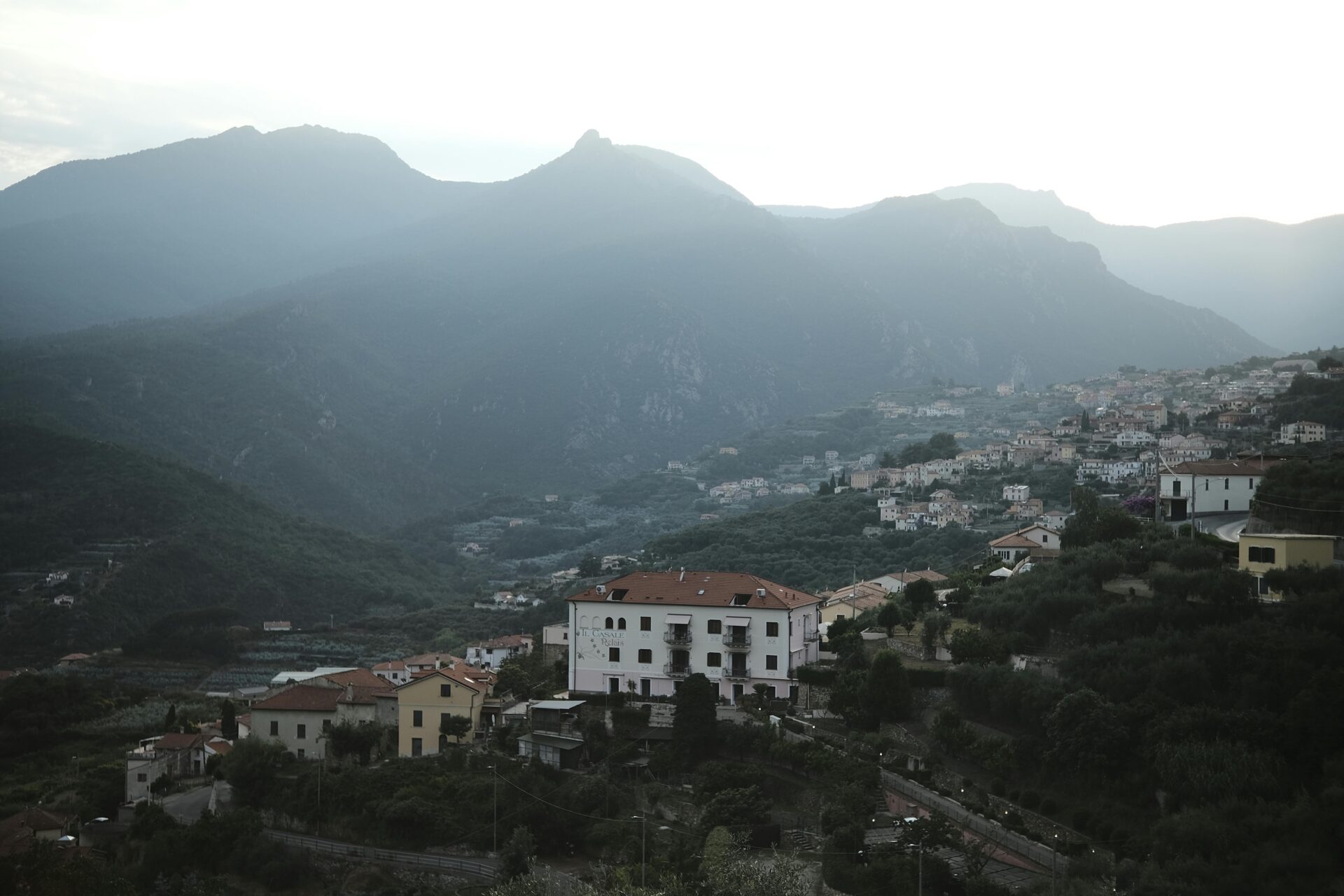Just 60 km from Naples, Irpinia waits quietly—lush, green, and so easy to miss if you’re not looking for it. When I first wandered into the province of Avellino, the landscapes and rolling hills framed by the Monti Picentini mountains grabbed me right away.
This mountain province, known as “Green Irpinia,” feels like a breath of fresh air—pristine, steeped in history, and grounded in traditions.
Walking through Avellino and its nearby villages, I felt like I’d stumbled into a different Italy. The ancient Roman city of Abellinum (now Avellino) sits in the Campania Appennines, surrounded by castles, old abbeys, and villages that seem untouched by time.
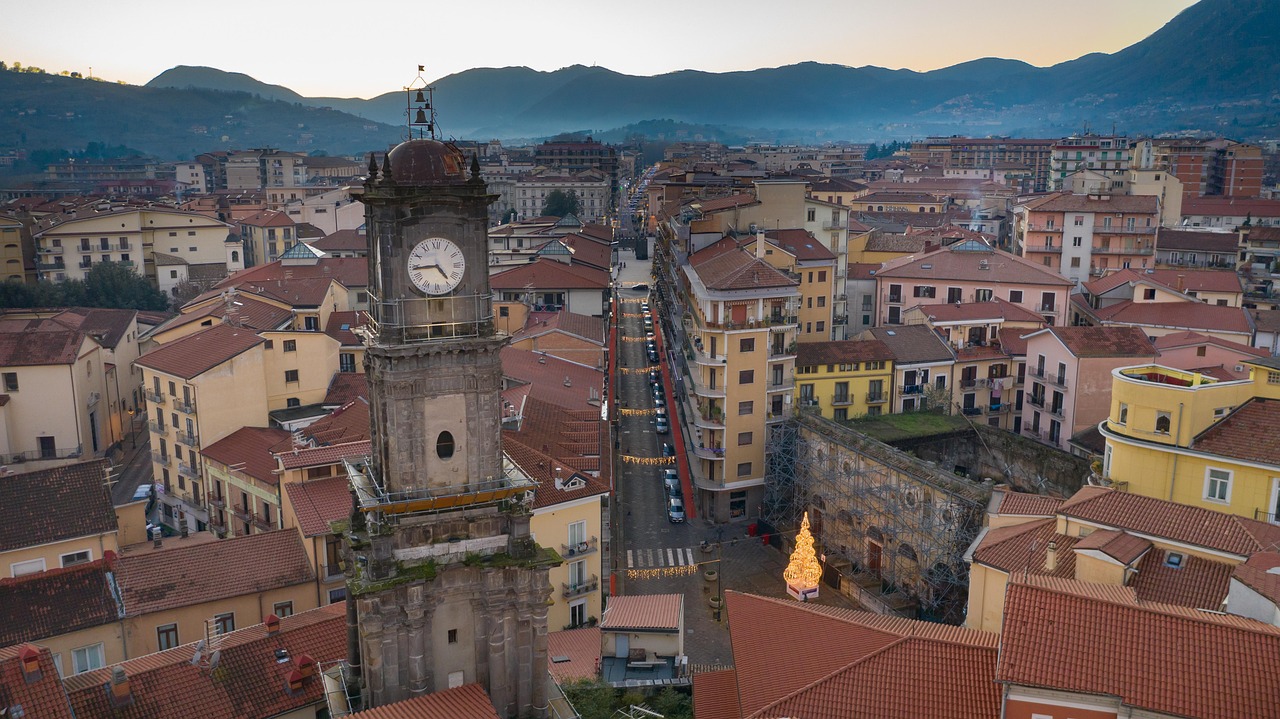
Even though Naples is only 56 km away, mass tourism hasn’t really found its way here.
The land tells its story with every olive grove and vineyard. History and tradition blend with the natural beauty in a way that’s hard to describe. I’ve traveled a lot through southern Italy, but Avellino’s mix of cultural heritage and scenery always stands out.
The hills, green and dotted with vines and olive trees, look different every season but never lose their charm.
Geography and Natural Beauty
Avellino sits right in the heart of Campania, surrounded by some of Italy’s most dramatic mountains. The forests are thick, the hills roll on and on, and the mountains rise up, creating a green oasis far from the busy coast.
Mountains and Landscapes
The Apennine mountain range dominates Avellino, shaping Irpinia into a rugged, varied place. I’ve hiked these mountains often and honestly, they never get old.
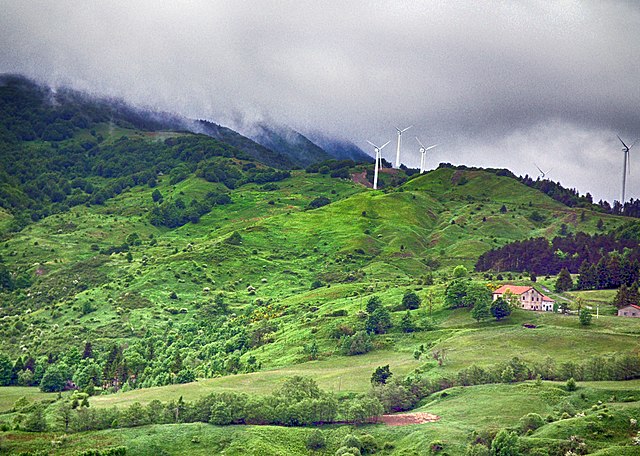
Image Source: Wikimedia Commons
Some peaks climb above 1,800 meters, and the views from up there—just wow.
Chestnut, oak, and beech forests cover the slopes, and their colors shift with the seasons. In fall, everything glows red and gold. In spring, the hills burst into green and wildflowers.
Rivers like the Calore and Ofanto wind through the valleys. They make the land fertile, perfect for hazelnut groves and vineyards.
Partenio Regional Park
Partenio Regional Park is a real gem in Avellino. The park covers about 14,870 hectares and teems with wildlife.
I’ve spotted all kinds of birds and animals while hiking the trails.
Mount Partenio stands out, reaching 1,480 meters. If you visit in spring, the meadows are thick with wildflowers. In autumn, the foliage is a riot of color.
Marked hiking paths crisscross the park, from easy strolls to tough climbs. They’ll lead you to waterfalls, old hermitages, and some jaw-dropping viewpoints—sometimes you can even see the Gulf of Naples.
Scenic Towns and Villages
Avellino’s hills are dotted with mountain villages that seem to grow right out of the landscape. Summonte is especially pretty, with stone houses clustered around a medieval castle.
I love getting lost in its narrow lanes, then suddenly catching a view of the valley below.
Mercogliano sits at the foot of Montevergine, and Caposele is famous for its springs. These towns keep their traditional architecture and blend right in with the hills.
Villages here throw festivals all year—chestnuts in autumn, truffles in winter, wild herbs in spring. These celebrations are a great way to dive into local life and traditions, all with the mountains as a backdrop.
Wine Country and Iconic Vineyards
Avellino is one of Italy’s top wine regions, where old traditions meet new ideas. The climate and volcanic soils here create wines that have earned a global reputation.
Fiano di Avellino and Greco di Tufo
Avellino’s white wines blew me away. Fiano di Avellino DOCG, with its honey and hazelnut notes, grows best in the mineral-rich soils around Avellino.
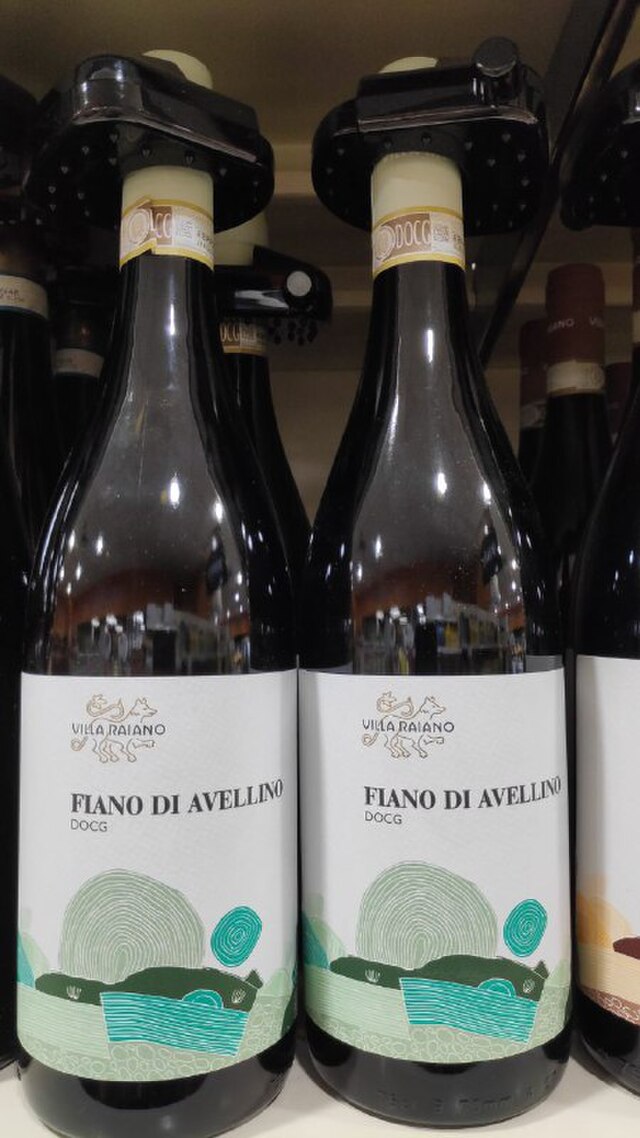
At a family-run winery near Tufo, I tasted Greco di Tufo DOCG. It’s crisp, minerally, and bright with citrus.
The owner told me these grapes have been grown here since Roman times.
Falanghina is another white worth trying—floral, fresh, and lively. The mountain air helps these wines keep their acidity and aroma.
Aglianico and Taurasi Legacy
Taurasi DOCG is the king of Avellino’s reds—people call it “the Barolo of the South.” Made from Aglianico, these wines age beautifully.
I spent an afternoon at Cantine Antonio Caggiano, and their dedication to Aglianico really stuck with me. They age these reds for at least three years before releasing them.
The volcanic soil gives these wines a unique mineral edge. You’ll taste dark cherry, leather, and spice—Taurasi really shows off what southern Italy can do.
Wineries here love sharing their craft. You can tour cellars, taste wines, and hear stories that go back generations. If you love wine, this place is a must.
Outdoor Adventures and Activities
Avellino’s wild mountains and deep forests make it a paradise for outdoor lovers. The landscape changes with the seasons, so there’s always something new to try.
Hiking in Pristine Wilderness
Hiking in Avellino is a treat, no matter your experience level. The Appennino Campano range has trails winding through lush woods and dramatic ridges.
In spring, wildflowers cover the hills. The Monte Terminio trail is my top pick—challenging, but the views are totally worth it.
If you’re just starting out, try the gentle paths around Lake Laceno. They’re family-friendly and don’t take long.
Seasoned hikers might prefer the trek to Montevergine, which offers both natural beauty and the famous sanctuary at the top.
Trails often link villages, so you get a taste of local life between hikes. Bring plenty of water, especially in summer.
Skiing and Winter Escapes
In winter, Avellino turns into a snowy playground. Skiing is just a short drive from the main town.
Laceno is the top spot for winter sports. I’ve spent many days on its slopes—there’s something for everyone, from beginners to experts.
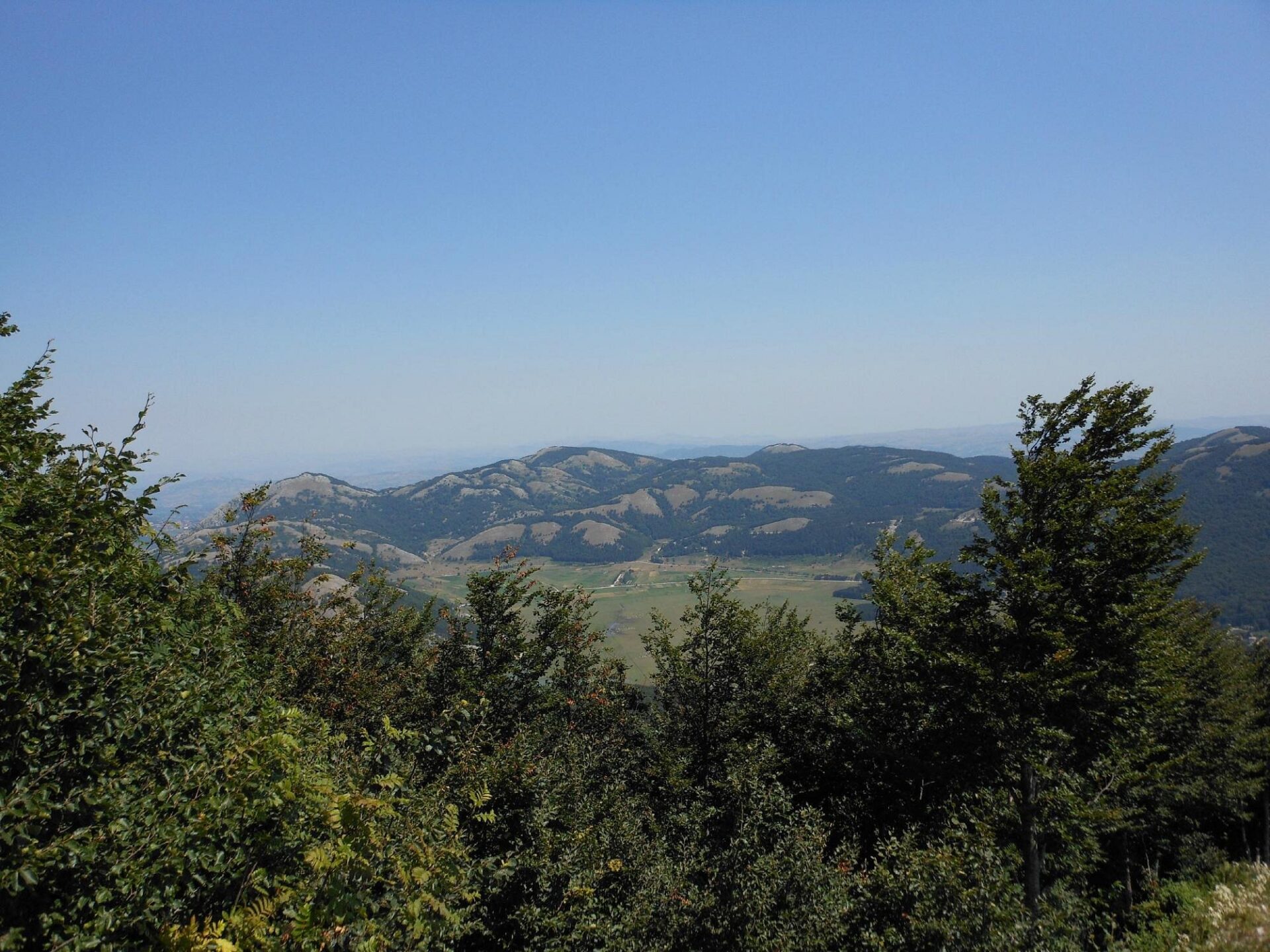
Image Source: Tripadvisor
You can rent gear and take lessons from instructors who speak several languages.
The ski season usually runs from December to March, with January bringing the best snow. If you go on weekdays, you’ll skip the crowds.
Cross-country skiing trails wind through silent pine forests, and snowshoeing is a quieter way to enjoy the mountains.
After a cold day, nothing beats a glass of local Taurasi wine in a cozy lodge.
Exploring Hidden Caves
Avellino’s limestone mountains hide a surprising underground world. The caves here reveal geological history that goes back millions of years.
Exploring the Grotte del Caliendo was unforgettable. This cave system has incredible stalactites, stalagmites, and underground streams.
Local guides take you through lit-up passages and explain how these wonders formed.
If you’re up for adventure, you can join a spelunking tour to more remote caves. You’ll definitely need proper gear and an experienced guide.
Many caves meant a lot to ancient people. Archaeologists found evidence of shelter and religious rituals here. Some walls even have prehistoric art.
The caves stay cool year-round, so they’re perfect to visit on hot or rainy days.
Culinary Heritage and Local Flavors
Avellino’s food scene reflects the rich, varied agriculture of Irpinia. The cuisine celebrates what’s fresh and in season, and recipes get passed down from generation to generation.
Irpinia’s Traditional Cuisine
Last spring, I tasted traditional Irpinian cooking for the first time. The food here is simple and hearty, all about local produce.
Dishes that stood out:
- Minestra Maritata – a rich soup with vegetables and mixed meats
- Fusilli Irpini – hand-rolled pasta, usually topped with a robust ragù
- Migliatielli – a unique sausage made from lamb intestines
Slow-cooked stews are a staple, simmering for hours to build deep flavors. Hunting is still part of local life, so wild boar and rabbit often show up at festival feasts.
Famous Cheeses and Olive Oil
The mountain pastures here produce dairy you won’t forget. Caciocavallo Irpino is the star—a stretched-curd cheese that gets more complex as it ages.
Other favorites:
- Pecorino di Carmasciano – sheep’s milk cheese with a mineral tang
- Ricotta di Fuscella – fresh, soft, and traditionally served in woven baskets
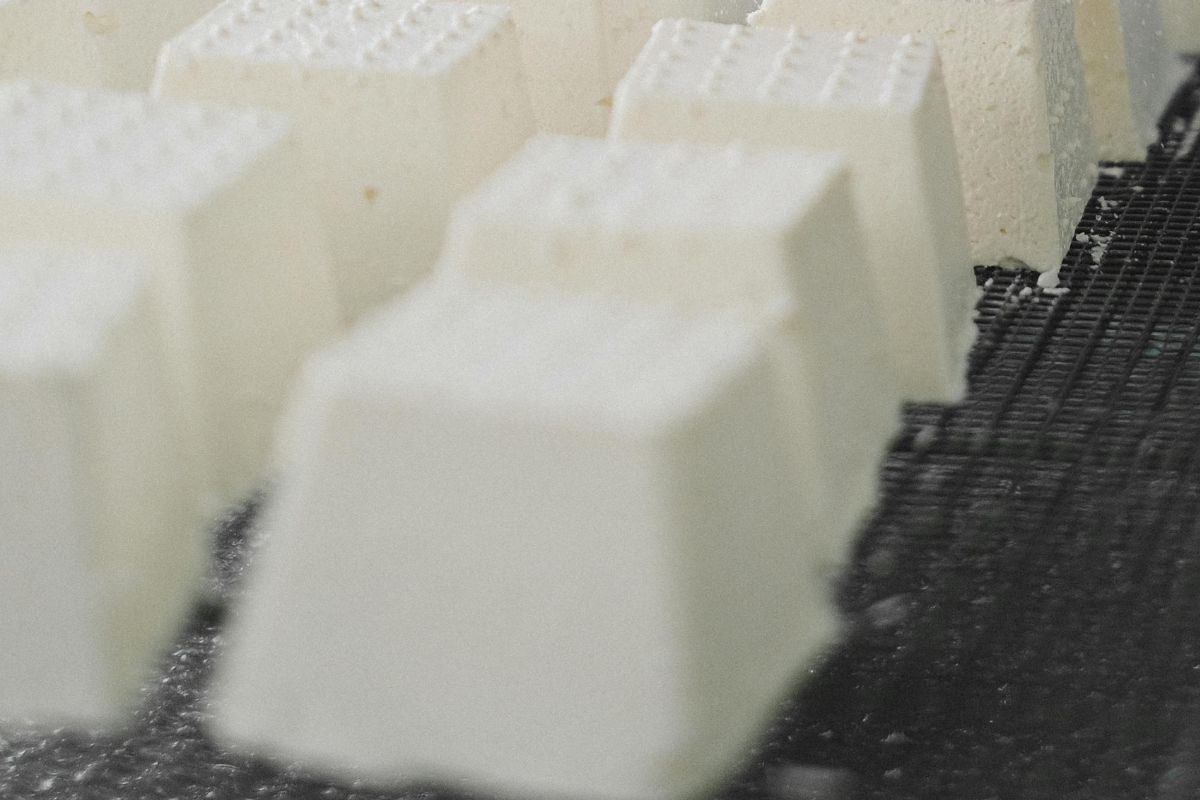
Avellino’s olive oil deserves its own spotlight. Farmers grow Ravece olives on terraced hills, making oils with a peppery finish and grassy aroma. Many still use old stone presses, keeping ancient traditions alive.
Lemons and Authentic Produce
Avellino’s lemons aren’t as famous as Amalfi’s, but they have a flavor all their own. The mountain climate gives them a balance of sweetness and acidity, perfect for desserts.
The variety of produce here is impressive. Family gardens overflow with vegetables grown the old-fashioned way. Spring brings greens and artichokes; summer is all about tomatoes and zucchini.
Wild foods matter too. Foraging for mushrooms, wild asparagus, and herbs is a beloved tradition. These finds end up in frittatas and pasta, capturing the spirit of the mountains.
Historical and Cultural Landmarks
Avellino is packed with history. Castles, abbeys, and ruins tell stories of conquest, faith, and resilience. Civilizations have come and gone, each leaving a mark on this mountain region.
Medieval Castles and Ancient Sites
Avellino’s landscape is sprinkled with medieval fortresses. The Lombard Castle of Avellino, though partly ruined, hints at the area’s strategic past.
Walking through these sites, history feels close. The Castle of Montemiletto, with its towers and Norman-era walls, really caught my eye.
The archaeological site of Abellinum, just outside town, shows Roman roots. You can still see the forum and old thermal baths.
Smaller villages like Gesualdo and Lapio have their own castles and stories about local nobles and their rivalries.
Avellino and the Campania Connection
Avellino’s history is tightly woven with the rest of Campania. The province played a key role as an inland crossroads.
During medieval times, Avellino linked Naples with the eastern parts of southern Italy. This brought both prosperity and conflict.
The Cathedral of Avellino (Duomo), dedicated to the Assumption of the Virgin Mary, stands as a symbol of these connections. Even after earthquakes, it keeps elements from the 12th century.
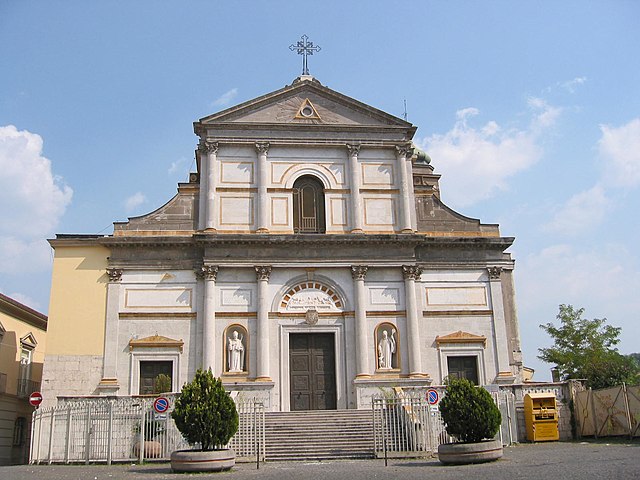
Image Source: Wikimedia Commons
You can see Naples’ influence in Avellino’s architecture and traditions—a mix of mountain practicality and Neapolitan style.
Influence of the Amalfi Coast
Although Avellino sits inland, the Amalfi Coast has left its mark. Old trade routes tied the mountains to the wealthy maritime republic of Amalfi.
Many churches and monasteries here echo coastal styles, especially with their Byzantine touches. The Sanctuary of Montevergine, perched high up, became a magnet for pilgrims from the coast.
Artisans in Avellino borrowed techniques and materials from Amalfi’s traders. I’ve seen ceramics that clearly show this blend.
In medieval times, Amalfi’s rich merchants often escaped the summer heat by building villas in Avellino, mixing coastal flair with mountain architecture.

